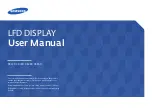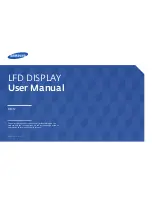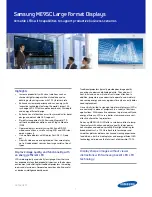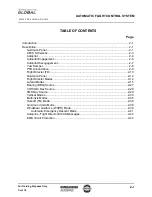
SKY899
Installation Manual
Page 1-2 - General Information
009-11900-001
July 18, 2013
Revision F
1.2 FUNCTIONAL DESCRIPTION
The SKYWATCH® HP SKY899 is a new generation airborne traffic alert/advisory system that increases
the active-mode surveillance range over the SKY497 system from 11 nmi to 35 nmi.
The SKY899 advises the flight crew where to look for transponder equipped aircraft that may pose a
collision threat. It is intended for use by corporate and general aviation aircraft. SKY899 alerts the flight
crew to nearby transponder equipped aircraft and assists the pilot in the visual acquisition of aircraft that
may represent a danger. Traffic information, out to a selected range, is graphically displayed on the
display. The system display shows the relative position of traffic using text, shapes (i.e., Traffic Advisory
= solid circle; Other Traffic = open diamond) and colors (if display is TCAS I compatible). Major
differences between SKYWATCH and SKYWATCH HP are listed below:
Category
SKY497
SKY899
•
Active ATCRBS Surveillance Range
11 nmi surveillance range
35 nmi surveillance range
•
Active ATCRBS Interrogation Power
Low-power interrogations
High-power interrogations
•
Active ATCRBS Interference
Limiting
No interference limiting
TCAS I interference limiting
•
Closure Rate
900 kn closure rate
1200 kn closure rate
•
Antenna Configurations
Single directional antenna
Multiple antenna configurations via external
ASU (future option)
•
Aircraft Power Input
11 V dc to 34 V dc
18 V dc to 32 V dc
•
Stepper Compass Input
Accepts stepper compass input
Will not accept stepper compass input
•
Radio Altitude Input
Accepts only ARINC 429 radio altitude
Accepts both analog and ARINC 429 radio
altitude
•
Display Ranges (WX-1000 CDU)
2 nmi and 6 nmi
Driver selectable ranges between 2 and 24
nmi are available.
•
Installation Configuration Data
Connector configuration pins
System configuration module
•
Vertical Display Modes
Normal, Above, & Below ±9,000 ft.
Normal, Above, Below & Unrestricted
±9,900 ft.
The document reference is online, please check the correspondence between the online documentation and the printed version.









































